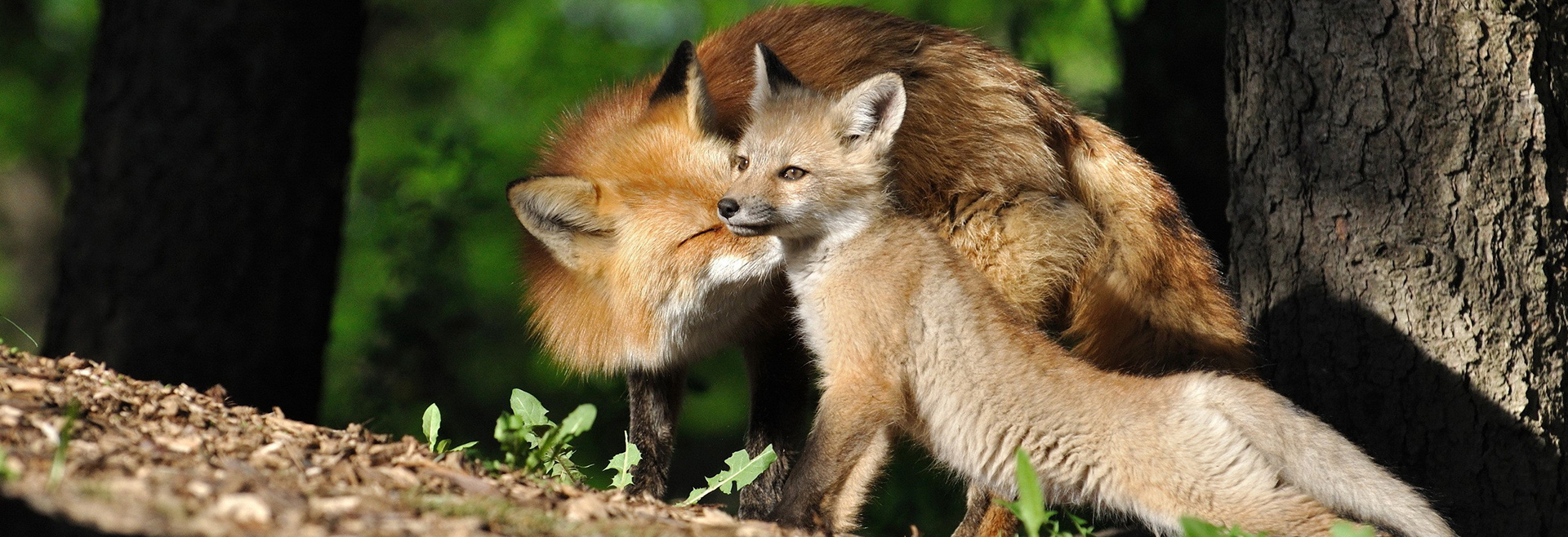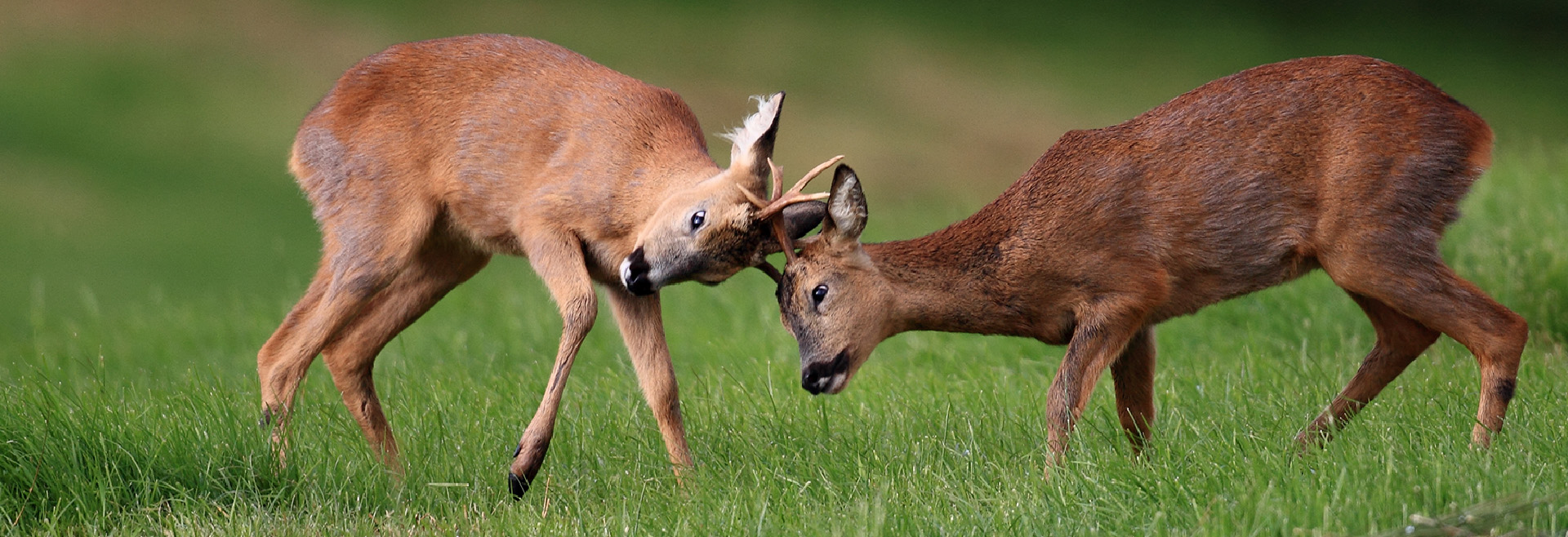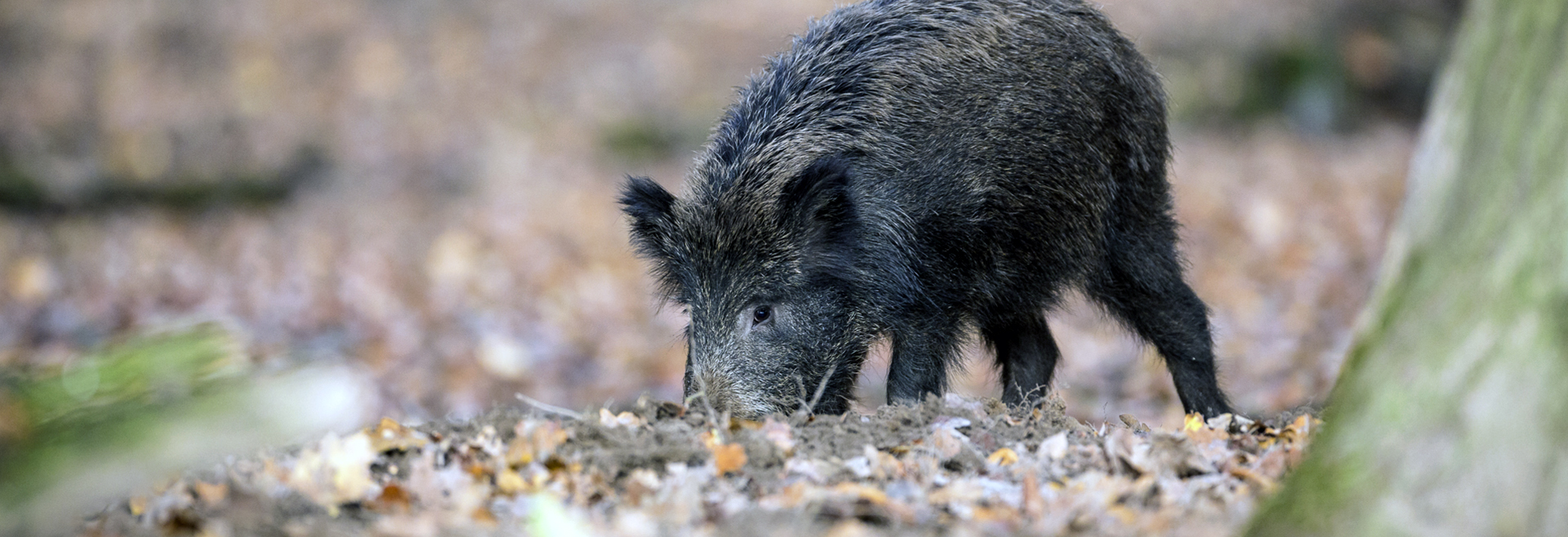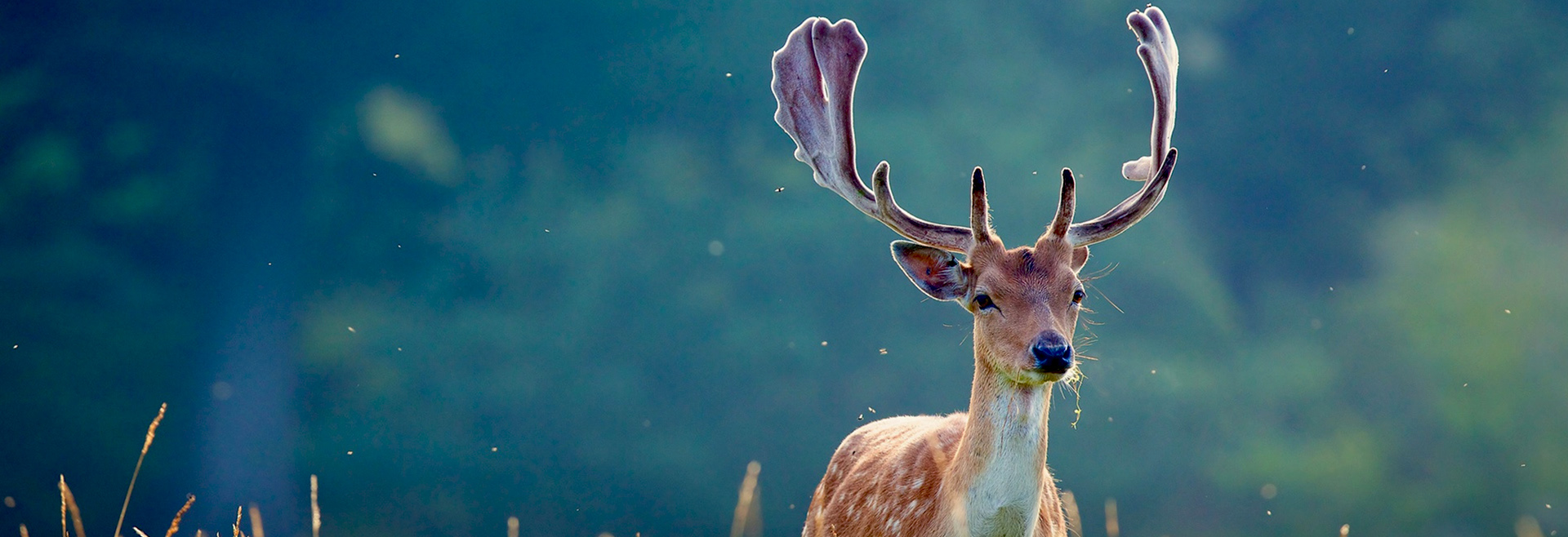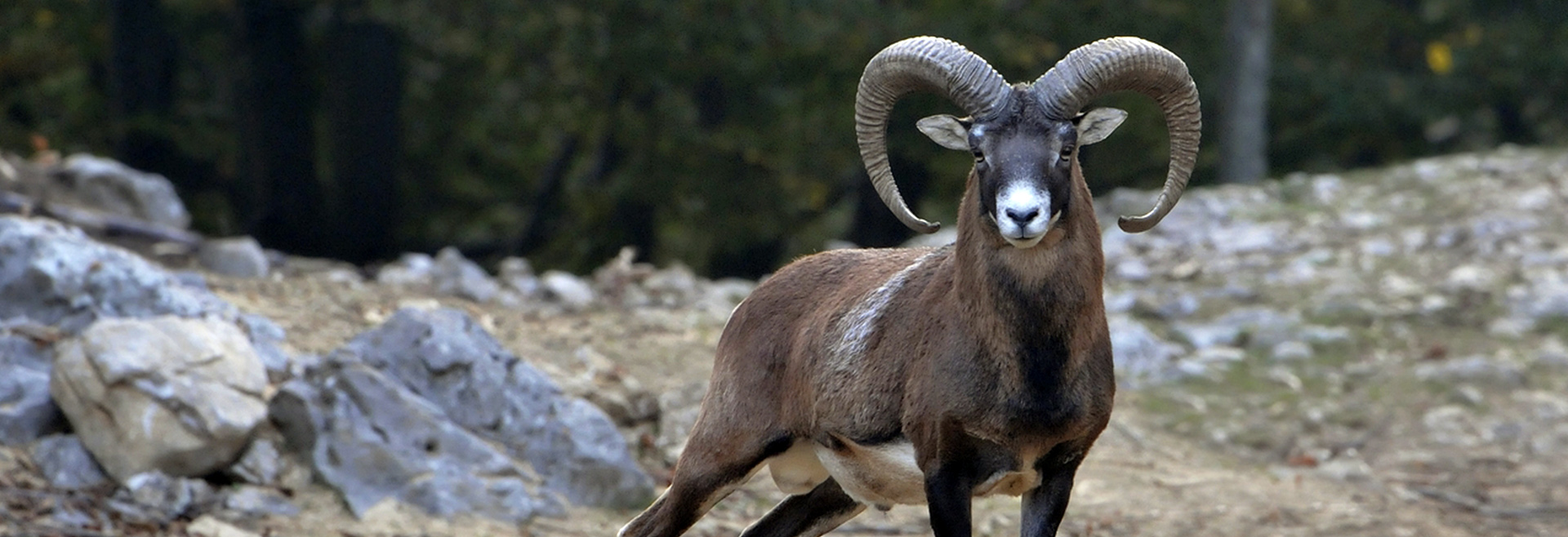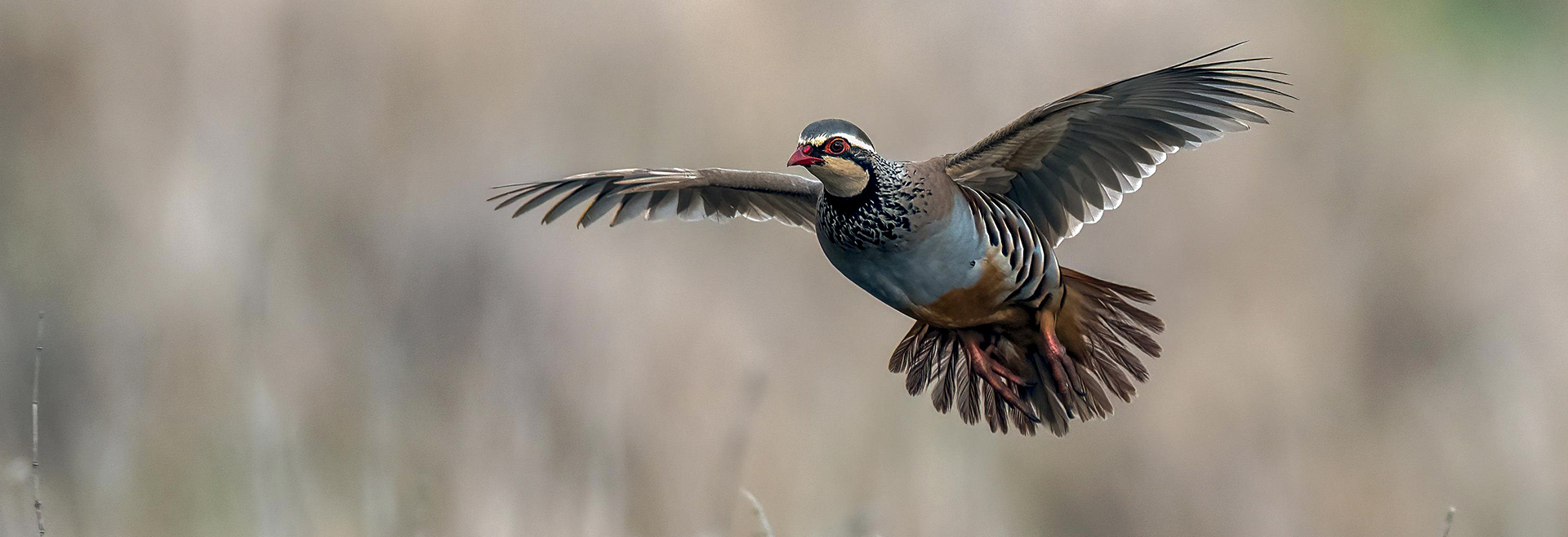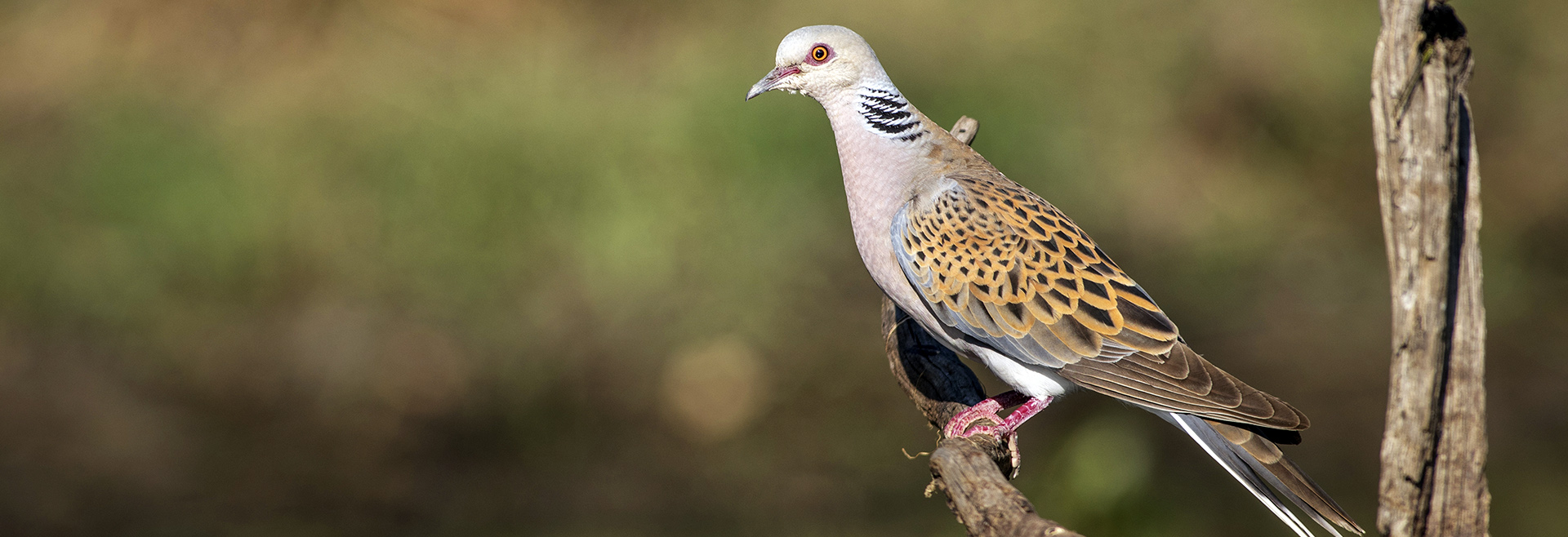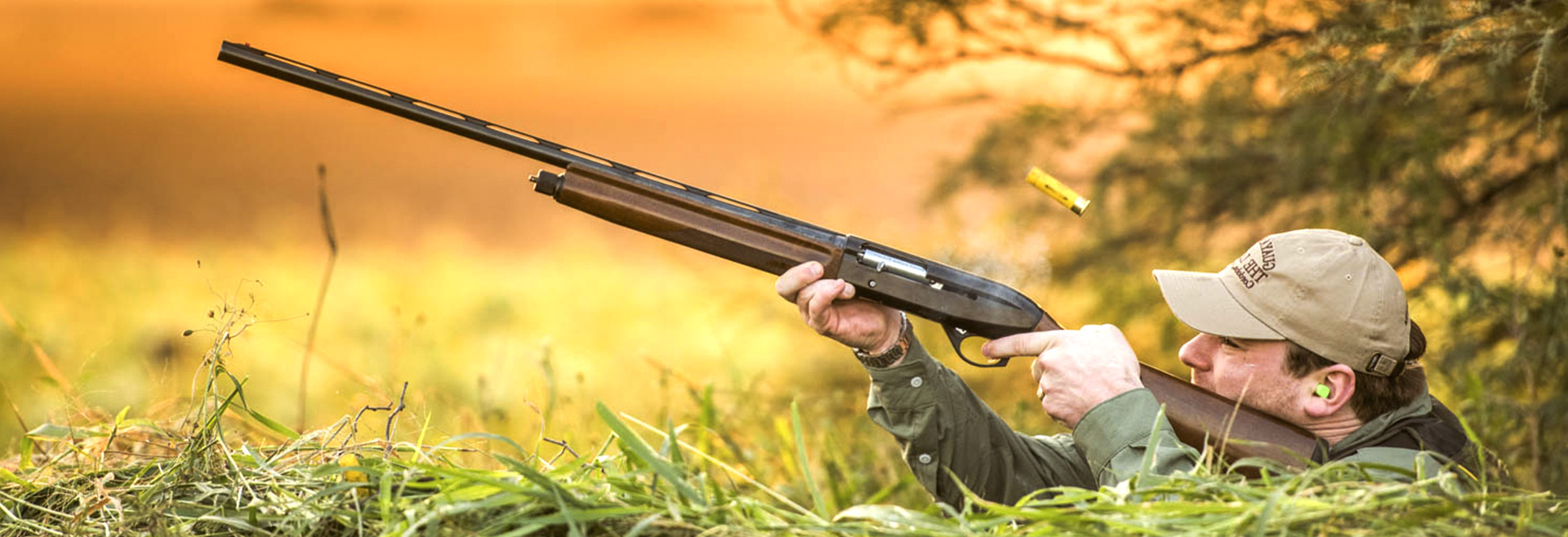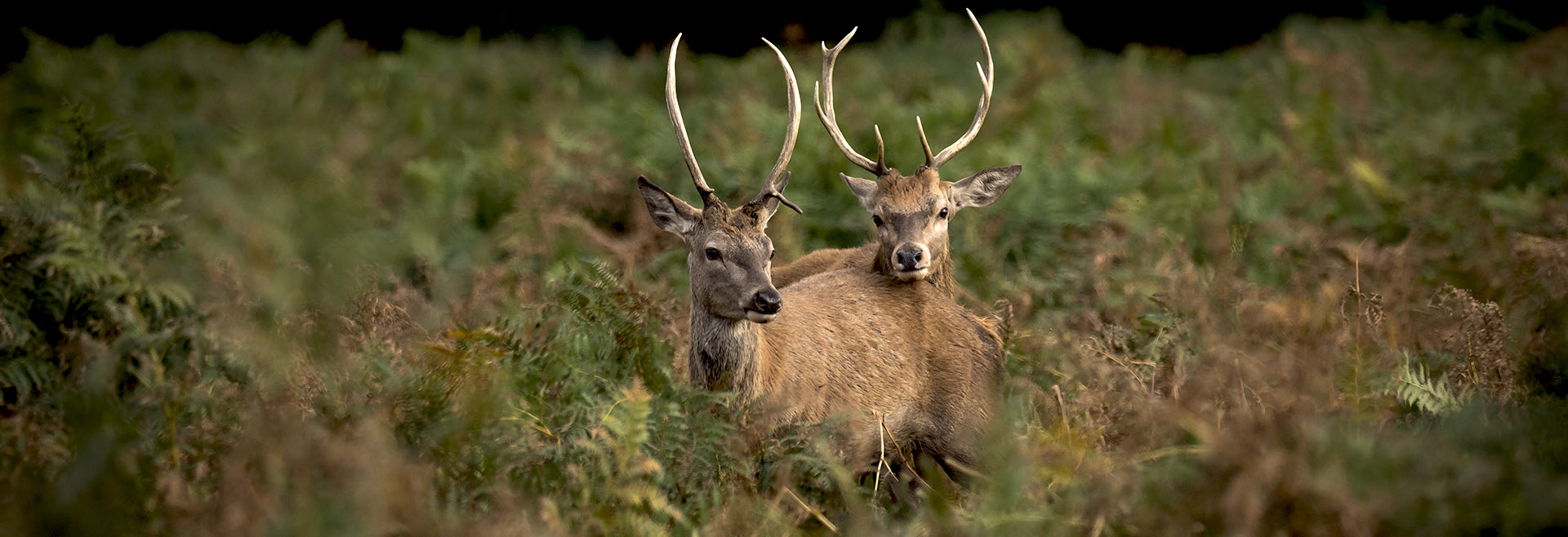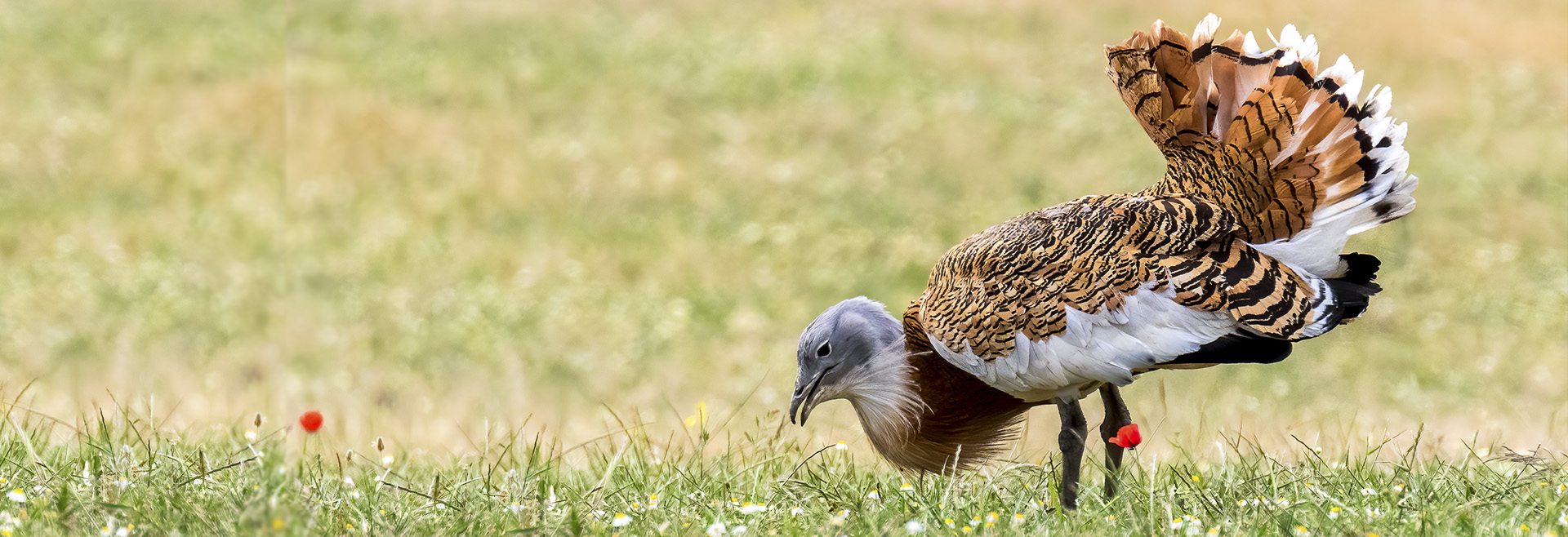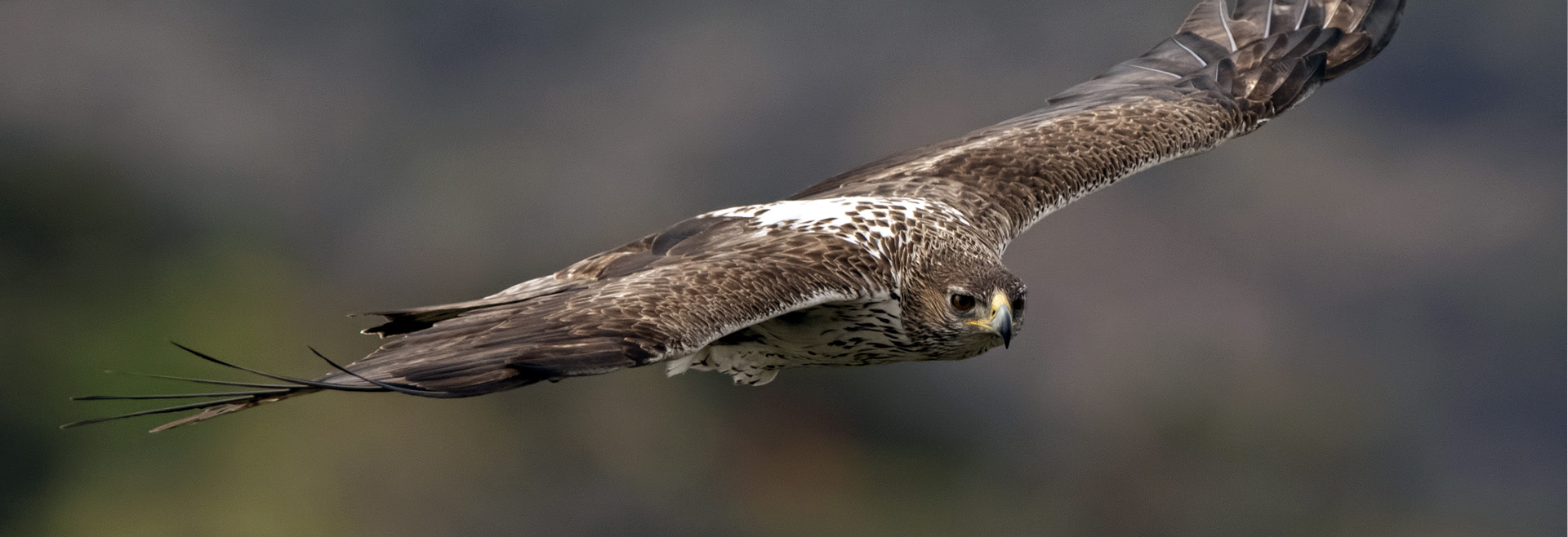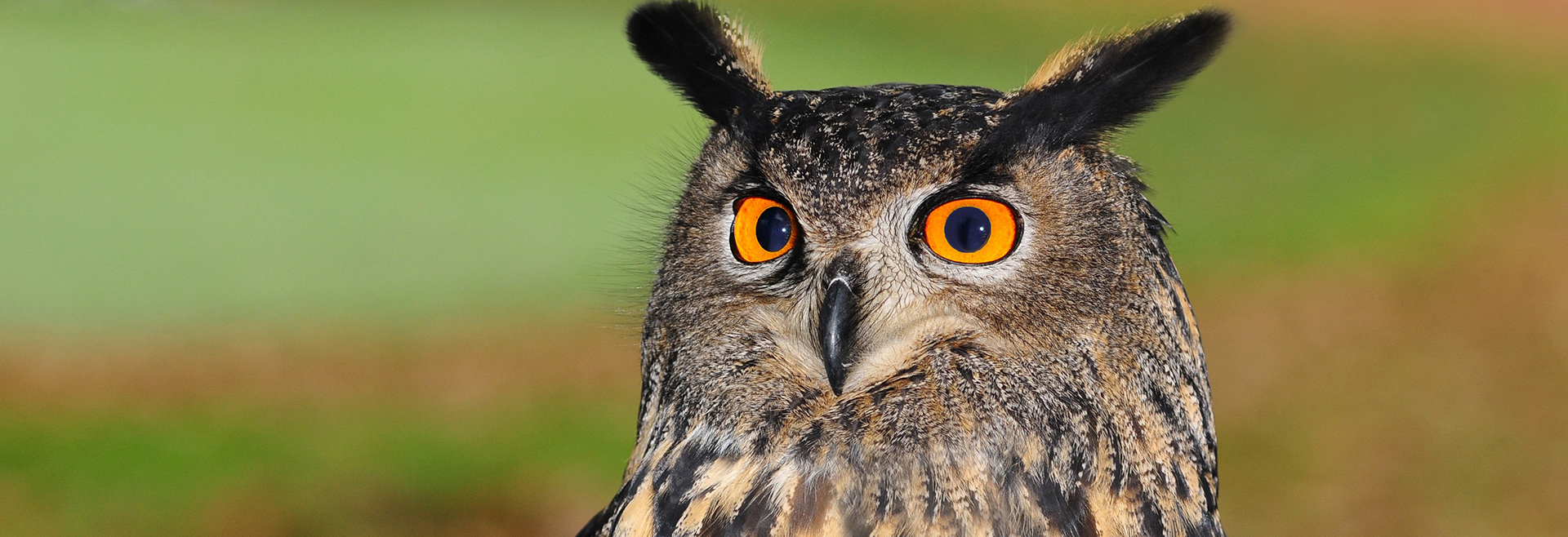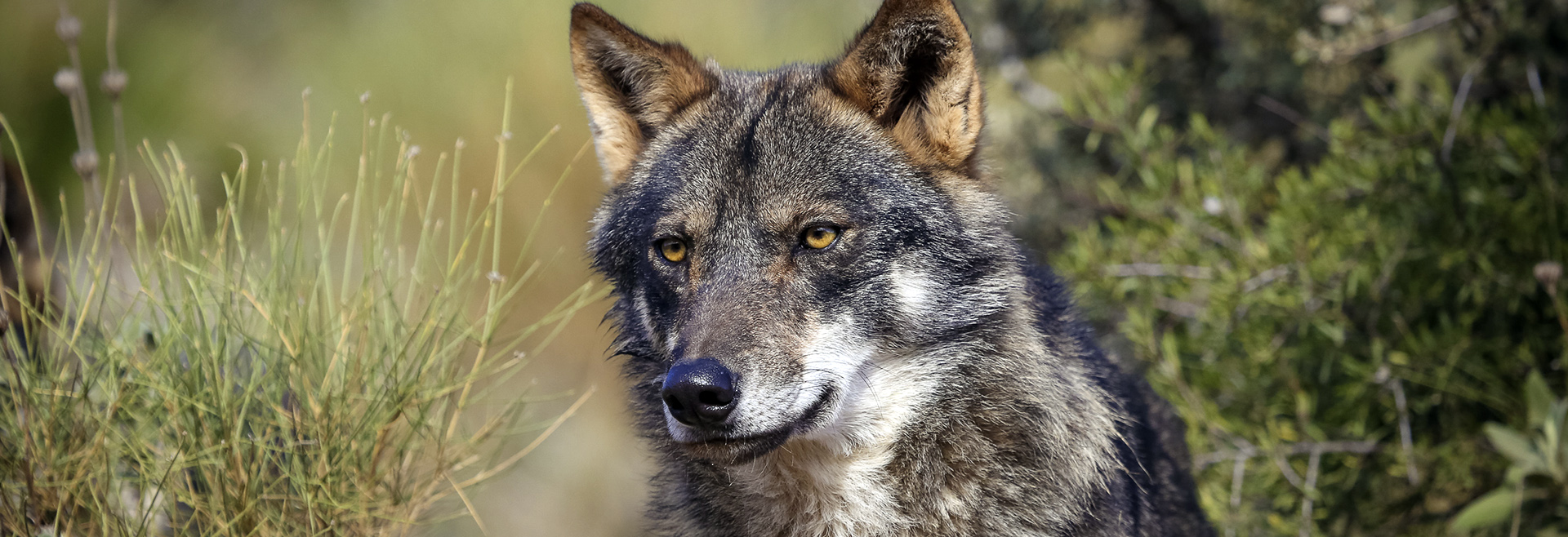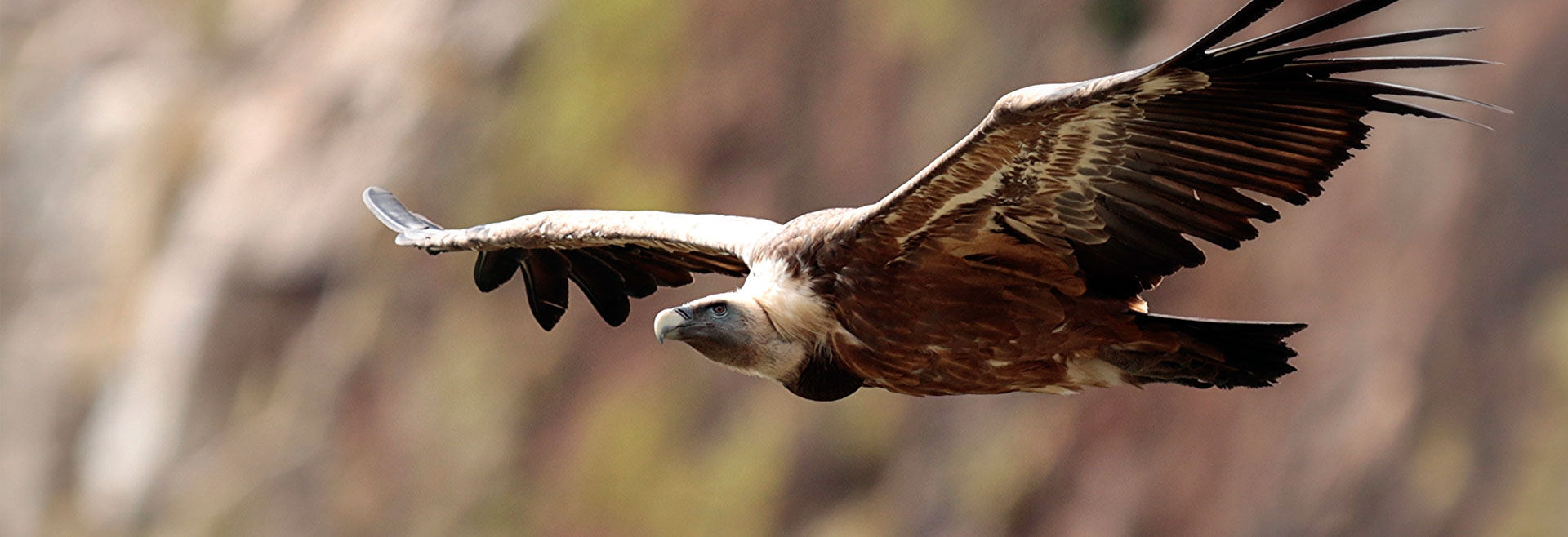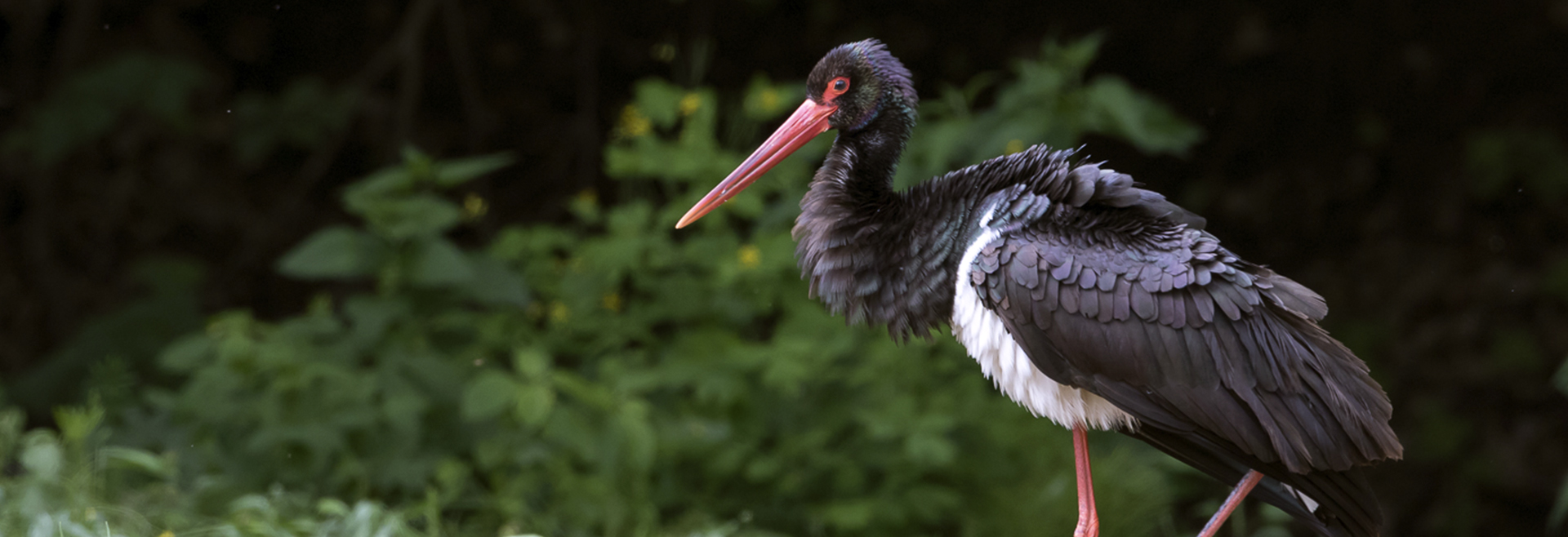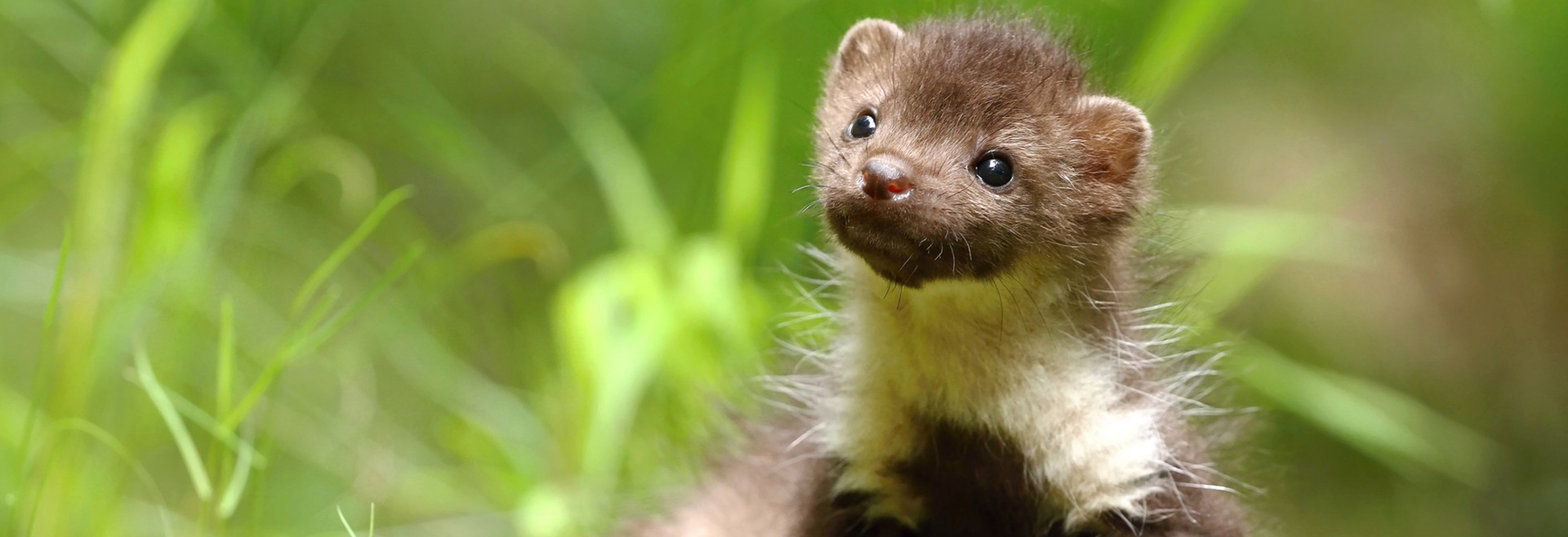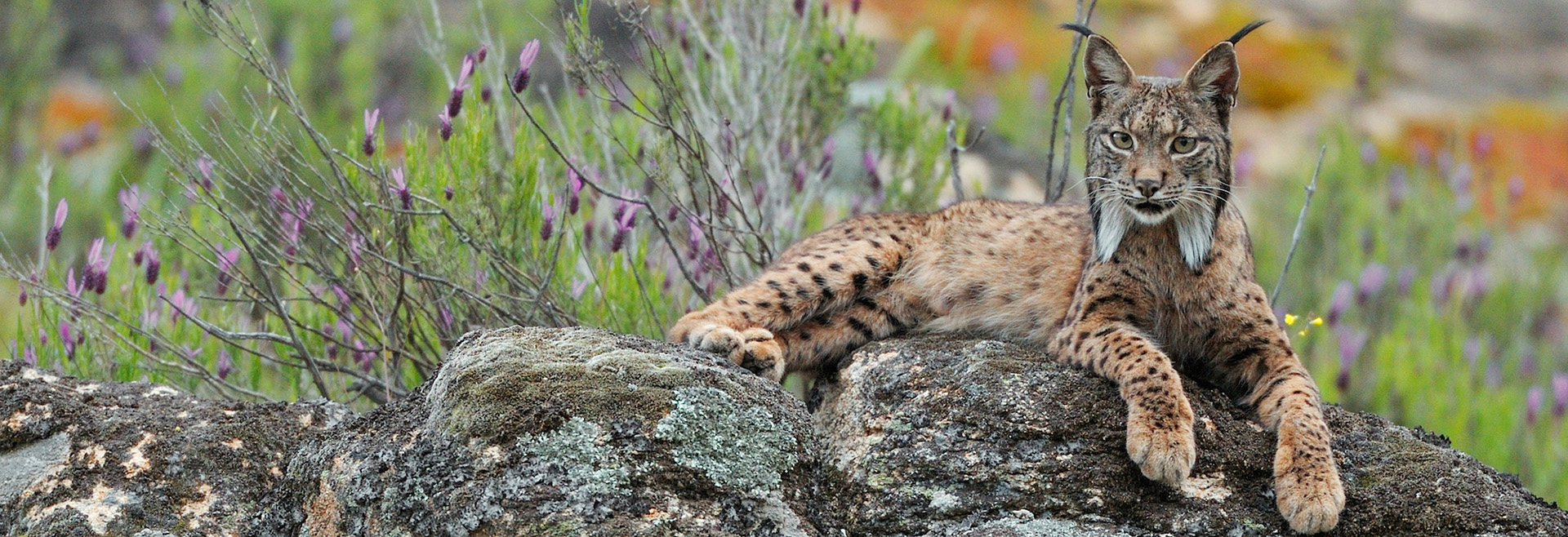Combined evaluation of bovine tuberculosis in wild boar (Sus scrofa) and red deer (Cervus elaphus) from Central-East Portugal
-
RevistaEuropean Journal of Wildlife Research
-
Volume e Páginas57(6), 1189–1201
Bovine tuberculosis (bTB), widely considered a disease of livestock, can also affect large game species despite their poorly understood role in the epidemiology of the endemic state of the disease. The Idanha-a-Nova County, situated in the eastern region of central Portugal, is one of the most important regions for large game hunting activity. In order to investigate the role of large game and the presence of bTB in Idanha-a-Nova, 132 wild boar (Sus scrofa) and 339 red deer (Cervus elaphus) were inspected for bTB-compatible lesions (bTBCL) during the 2008–2009 hunting season. Tissue samples with bTBCL were collected and processed for bacteriological confirmation and spoligotyping of Mycobacterium bovis isolates. In wild boar, bTB lesions were single, mostly calcified (21/29, 72.4%) and situated in the mandibular lymph nodes. Lesions were more severe and largely non-calcified (36/40, 90%) in red deer. Wild boar presented a consistently higher bTB infection rate than the red deer; however, the difference was only significant in the southern B area. This area was significantly affected by bTB for both animal species (up to 72.7% in wild boar and 34.8% in red deer) and requires the urgent implementation of intervention measures to contain the disease. Wild boar may assume an important role in the emergence of new disease foci in distant areas that infected red deer cannot reach. Spoligotyping of M. bovis isolates grouped the strains into three clusters, revealing patterns common to wild boar, red deer, and also to local cattle, indicating possible transmission among different animal species.
-
Palavras-chaveBovine tuberculosis; Red deer; Wild boar; GIS; M. bovis; Spoligotyping; Portugal


